Blog 27: Linear vs Exponential Growth
There are lots of differences between linear and exponential. They are both very different in many ways. For example in the graphs. For the linear graphs you can see it makes a constant line and it grows at a rapid pace. The exponential graphs the lines start out as a curve and then grow rapidly. Now the equations, the exponential equations have a exponent while as the linear equations don’t. Lastly the tables are very different too. The linear tables show that there is a constant rate and show the same number being added to the y values. The exponential tables show rapid increase for the y values. The y values are being multiplied so it will not be able to show a pattern.
Blog 28: Scientific Notation
Scientific is a very simple process. It is used when working with large numbers. Plus scientists use it as well since it is so easy to work with. So an example of how scientific notation is being will be shown on the image below. You can use scientific notation to shorten your answers as well.
Blog 29: Simplifying Exponent Expressions Using The Product and Quotient Rules
There are lots of exponent rules that involve multiplication and division. I will be providing lots of examples of the rules that use either multiplication or division. I will also be explaining how to use them.
The Quotient Rule: When you divide two exponential expressions with the same base, subtract exponents, and keep the same base.
The Power Rule: When a power is raised to a power, multiply the exponents and the base stays the same.
The Product Rule: When you multiply two exponential expressions with the same base, add the exponents and the base stays the same.
The Zero Exponent Rule: Anything to the zero power should equal one
Those would be some examples that require division or multiplications. Those aren’t all the rules that have multiplication and division, there are other rules that involve it too.
Blog 30: Negative Exponents
When a exponent is is negative it will turn into a fraction. No it will not turn the number negative at all it will instead turn it into a positive. Basically all you have to do is make the exponent a denominator/ numerator ( In this case it will be the denominator) and the numerator/denominator (For this it will be numerator) will turn into the number 1. An example will be provided in the image below.




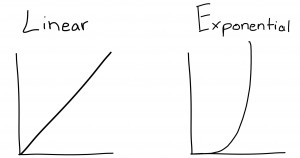
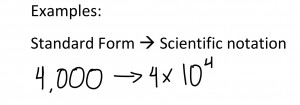
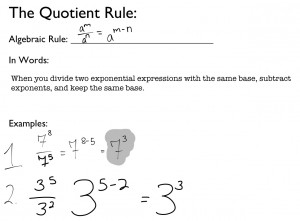

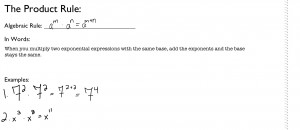
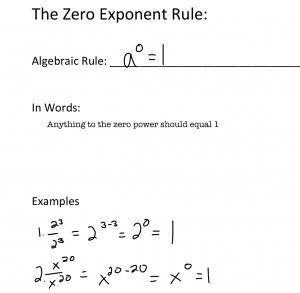
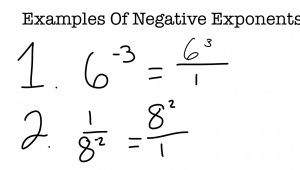
Leave a Reply